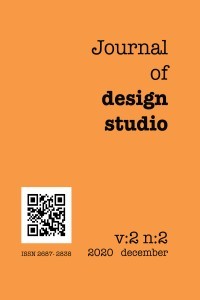
Journal of Design Studio
Yazarlar: Esen Gökçe ÖZDAMAR, Gökçen Firdevs YÜCEL CAYMAZ, Hülya YAVAŞ
Konular:Mimarlık, Eğitim, Eğitim Araştırmaları
DOI:10.46474/jds.982811
Anahtar Kelimeler:Architectural design studio environment,Digital environment,Distance learning,Haptic learning in distance education,Multi-modal perception,Material perception
Özet: This article focuses on the effects of the decreased ability to perceive touch in distance learning for all of the actors in architectural design studios during the ongoing Covid-19 pandemic. As part of face-to-face architectural pedagogy, the tactile experience of architectural materials, models, and corporeality in the studio environment assumes great importance. However, in contrast, these aspects are diminished when it comes to digital education, generating new topics for discussion. This article asks how and to what extent distance education models can affect the process of learning, understanding, discussing, and designing architecture, amidst the prospect of continuous digital education in the post-pandemic period. Hence, it examines the awareness and experiences of haptic perception of first-year students at the Istanbul Aydın University Department of Architecture through in-depth interviews recorded on Zoom. Between 2020 and 2021, the interviews investigated haptic perception, observed construction techniques, factors affecting design materials, the way and place in which materials were perceived, the methods of sharing and transferring designs with studio instructors, questions about the obstacles encountered, and expectations for the post-pandemic period. The outcomes of these in-depth interviews showed that there is a close relationship between the students’ bodily interests and their awareness with regards to perceiving materials and that the former indicated a tendency towards making models. It was observed that students had preferred digital design tools in the pre-pandemic period, and in addition to the digital tools that students often use as a design approach, they negotiated as designing through hand-drawing in order to gain the “thinking with one’s hands” experience in this study. This emphasizes the need for haptic experiences in an architectural educational environment.